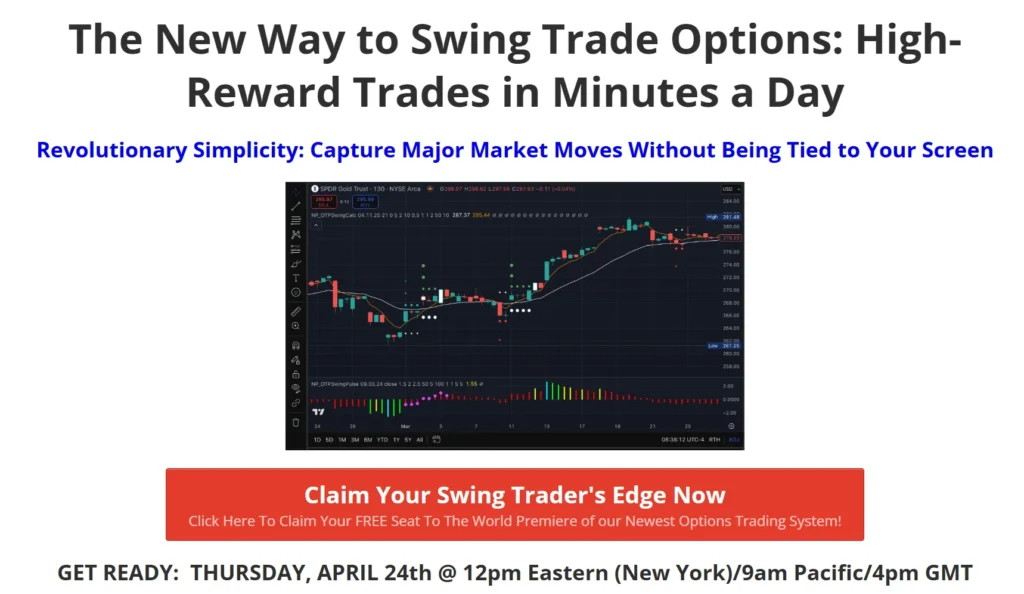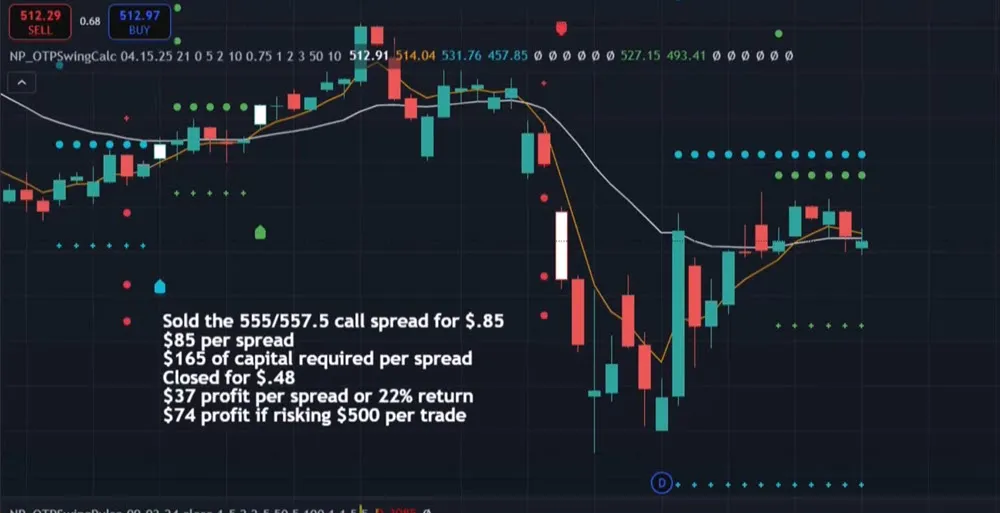- April 17, 2025
- Posted by: CoachMike
- Categories: Options Trading, Trading Article

You’ve probably realized that successful trading isn’t just about picking the right stocks or timing the market perfectly. It’s about developing a disciplined approach that’ll serve you well through market ups and downs. Whether you’re new to trading or looking to improve your skills, mastering the fundamentals of strategy and risk management can transform your results. Let’s look at how you can build a solid foundation for consistent trading success.
Quick Overview
- Develop a systematic trading approach with clear entry points, targets, and stop-losses to eliminate emotional decision-making.
- Implement strict risk management by limiting each trade to 2-5% of total account value to protect capital.
- Create a diverse portfolio of trading strategies to adapt effectively to changing market conditions and reduce directional risk.
- Focus on consistent, sustainable results through disciplined execution rather than chasing occasional big wins.
- Regularly review and refine trading strategies while maintaining a systematic approach for long-term success.
While many traders focus only on picking winning stocks, mastering effective trading strategies is the real key to long-term success in the markets. You’ll need a systematic approach that removes emotion from your trading decisions and provides clear entry points, target levels, and stop-losses.
Without a defined trading system, you’re likely to make impulsive choices that can hurt your portfolio.
One of the biggest mistakes you can make is risking too much on a single trade. It’s smart to limit your risk to between 2% and 5% of your account per trade. This way, even if you face losses, you won’t wipe out your trading capital.
Think of it as protecting yourself from the market’s natural ups and downs while giving yourself room to grow.
Don’t limit yourself to just buying calls and puts. The market changes constantly, and you’ll need different strategies for different conditions. Credit spreads, for instance, can help reduce your directional risk while still offering solid profit potential.
When you trade two options simultaneously, you’re less dependent on getting the market direction exactly right.
Let’s look at a real example: Instead of buying an expensive put option on MasterCard, you could sell a call spread to collect premium. This strategy gives you multiple ways to profit – the stock can go up slightly, move sideways, or fall, and you can still make money.
Plus, time decay works in your favor, and you’ll benefit if volatility decreases.
Successful trading isn’t about making occasional big wins – it’s about consistency and discipline. You’ll want to develop a flexible system that works across different stocks and ETFs.
Keep your position sizes reasonable, diversify your strategies, and always know your maximum risk before entering a trade. Remember, small adjustments to your trading approach can lead to significant improvements in your results over time.
The key is to stay systematic and avoid letting emotions drive your decisions.
Your Questions Answered
How Long Does It Typically Take to Become Profitable With Options Trading?
You’ll likely need 6-12 months to become consistently profitable with options trading, but it varies based on your dedication and learning approach.
You’ll speed up your progress by using a proven trading system, maintaining strict risk management (2-5% per trade), and diversifying your strategies beyond just calls and puts.
Don’t rush – focus on mastering fundamentals and developing disciplined trading habits first.
What Minimum Account Size Is Recommended for Beginning Options Traders?
You’ll want to start with at least $2,000 to $5,000 for options trading, as this allows you to follow proper risk management rules of risking only 2-5% per trade.
This means you won’t blow up your account with a single bad trade.
If you’re using credit spreads, you’ll need enough capital to handle the defined risk and maintain multiple positions while staying within these risk parameters.
Should Beginners Practice With Paper Trading Before Using Real Money?
Yes, you should definitely start with paper trading before risking real money.
It’s an essential step that’ll help you practice your trading system, understand market mechanics, and build confidence without financial risk.
You’ll learn to manage emotions, test different strategies, and develop disciplined habits.
Once you’re consistently profitable with paper trading, you’ll be better prepared to trade with real capital.
How Many Hours per Day Should Be Dedicated to Market Analysis?
You don’t need to spend all day analyzing markets. Start with 1-2 hours before market open to review your watchlist, identify potential trades, and set your trading plan.
If you’re trading actively, dedicate another 1-2 hours during market hours.
Remember that quality analysis matters more than quantity – it’s better to focus intensely for shorter periods than to burn out from excessive screen time.
What Are the Tax Implications of Frequent Options Trading Activities?
Frequent options trading can have significant tax implications.
You’ll need to report all your trades on Schedule D of your tax return, and they’re typically taxed as short-term capital gains if held less than a year.
These gains are taxed at your regular income tax rate, which is often higher than long-term capital gains rates.
It’s smart to keep detailed records and consider working with a tax professional to ensure proper reporting.


